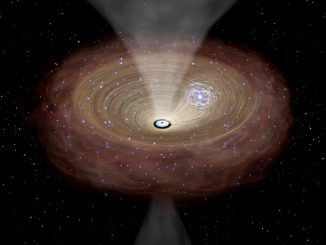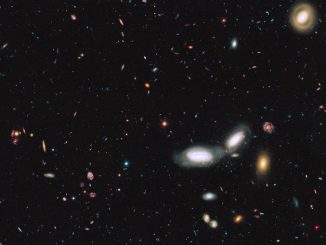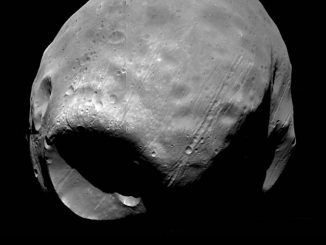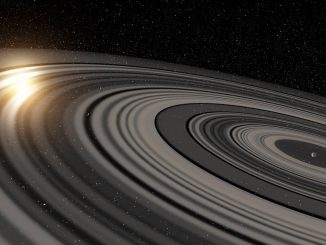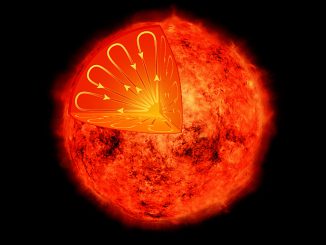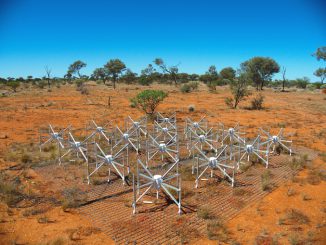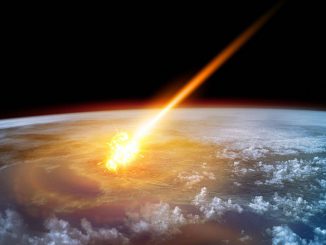
Comet impact preceded 56-million-year-old global warming event
A comet strike may have triggered the Paleocene-Eocene Thermal Maximum (PETM), a rapid warming of the Earth caused by an accumulation of atmospheric carbon dioxide 56 million years ago. Atmospheric carbon dioxide increased rapidly during the PETM, and an accompanying spike in global temperatures of about 5 to 8 °C lasted for about 150,000 years.

